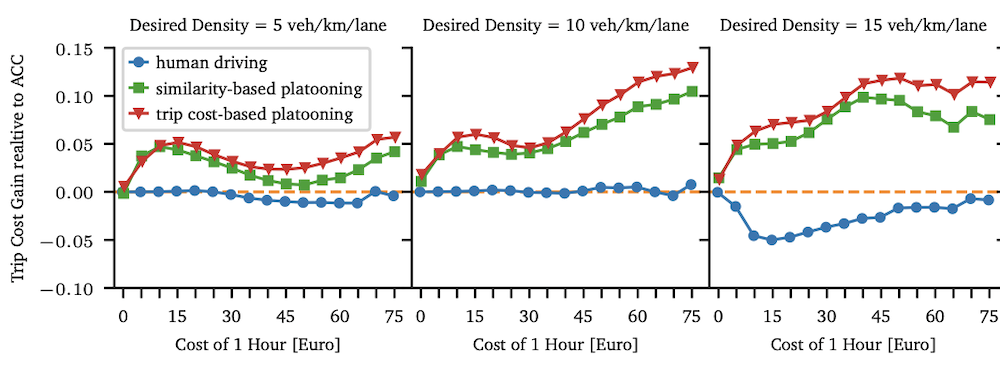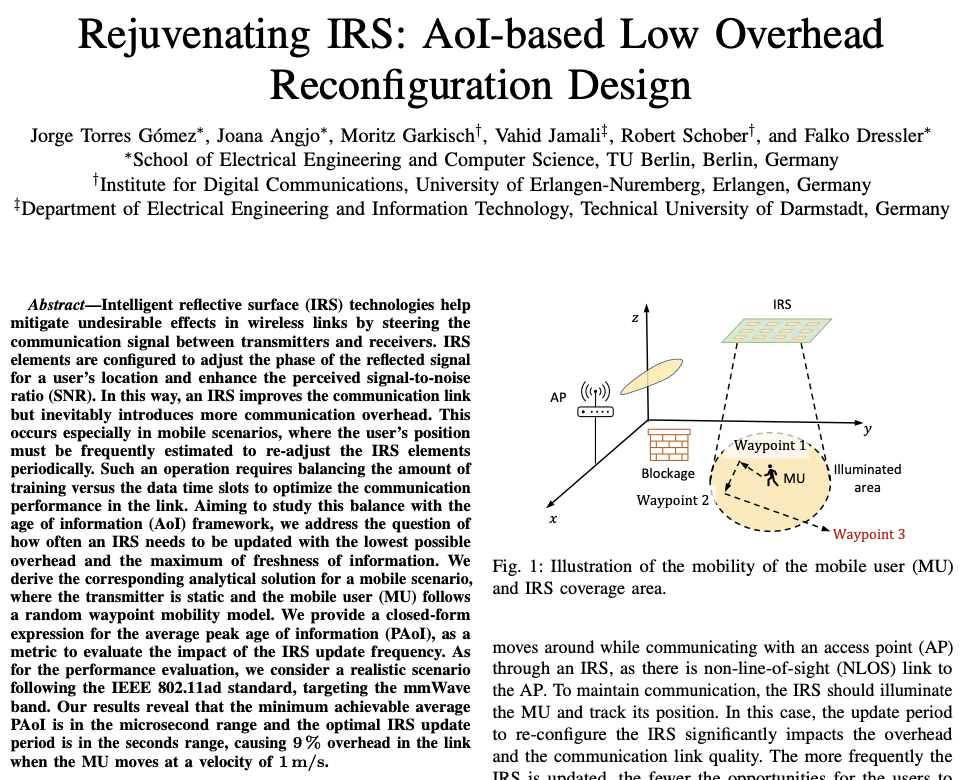Literature Database Entry
hernandez-vives2022ofdm
Fernando Hernández Vives, Camilo Guillén Soriano, Jorge Luis González Ríos and Jorge Torres Gómez, "OFDM Transmitter Implementation in FPGA for Industry 4.0 Networks," Telemática, vol. 21 (2), April 2022.
Abstract
Industry 4.0 demands new paradigms in modern production factories worldwide, where the supporting communication infrastructure stand for a critical role. Higher transmission capacities with low-latency constraints are such key use-cases for smart factories. Previous research outlines the feasibility of the use of orthogonal frequency division multiplexing (OFDM) modulation as a candidate in the next-generation industrial networks. The modeling and subsequent implementation of these mechanisms in FPGA facilitate the path towards future practical developments of functional communications systems. This paper investigates the hardware design in FPGA for transmissions and the modeling of the wired channel as a twisted copper pair cable using the System Generator simulator. The transmitter design conceives an OFDM modulator and the channel model follows the KHM parameters. The resulting simulation results evidence the feasibility of high-speed digital data transmission.
Quick access
Contact
Fernando Hernández Vives
Camilo Guillén Soriano
Jorge Luis González Ríos
Jorge Torres Gómez
BibTeX reference
@article{hernandez-vives2022ofdm,
author = {Hern{\'{a}}ndez Vives, Fernando and Guill{\'{e}}n Soriano, Camilo and Gonz{\'{a}}lez R{\'{i}}os, Jorge Luis and Torres G{\'{o}}mez, Jorge},
title = {{OFDM Transmitter Implementation in FPGA for Industry 4.0 Networks}},
journal = {Telem{\'{a}}tica},
issn = {1729-3804},
publisher = {Technical University of Havana (CUJAE)},
month = {4},
number = {2},
volume = {21},
year = {2022},
}
Copyright notice
Links to final or draft versions of papers are presented here to ensure timely dissemination of scholarly and technical work. Copyright and all rights therein are retained by authors or by other copyright holders. All persons copying this information are expected to adhere to the terms and constraints invoked by each author's copyright. In most cases, these works may not be reposted or distributed for commercial purposes without the explicit permission of the copyright holder.
The following applies to all papers listed above that have IEEE copyrights: Personal use of this material is permitted. However, permission to reprint/republish this material for advertising or promotional purposes or for creating new collective works for resale or redistribution to servers or lists, or to reuse any copyrighted component of this work in other works must be obtained from the IEEE.
The following applies to all papers listed above that are in submission to IEEE conference/workshop proceedings or journals: This work has been submitted to the IEEE for possible publication. Copyright may be transferred without notice, after which this version may no longer be accessible.
The following applies to all papers listed above that have ACM copyrights: ACM COPYRIGHT NOTICE. Permission to make digital or hard copies of part or all of this work for personal or classroom use is granted without fee provided that copies are not made or distributed for profit or commercial advantage and that copies bear this notice and the full citation on the first page. Copyrights for components of this work owned by others than ACM must be honored. Abstracting with credit is permitted. To copy otherwise, to republish, to post on servers, or to redistribute to lists, requires prior specific permission and/or a fee. Request permissions from Publications Dept., ACM, Inc., fax +1 (212) 869-0481, or permissions@acm.org.
The following applies to all SpringerLink papers listed above that have Springer Science+Business Media copyrights: The original publication is available at www.springerlink.com.
This page was automatically generated using BibDB and bib2web.








